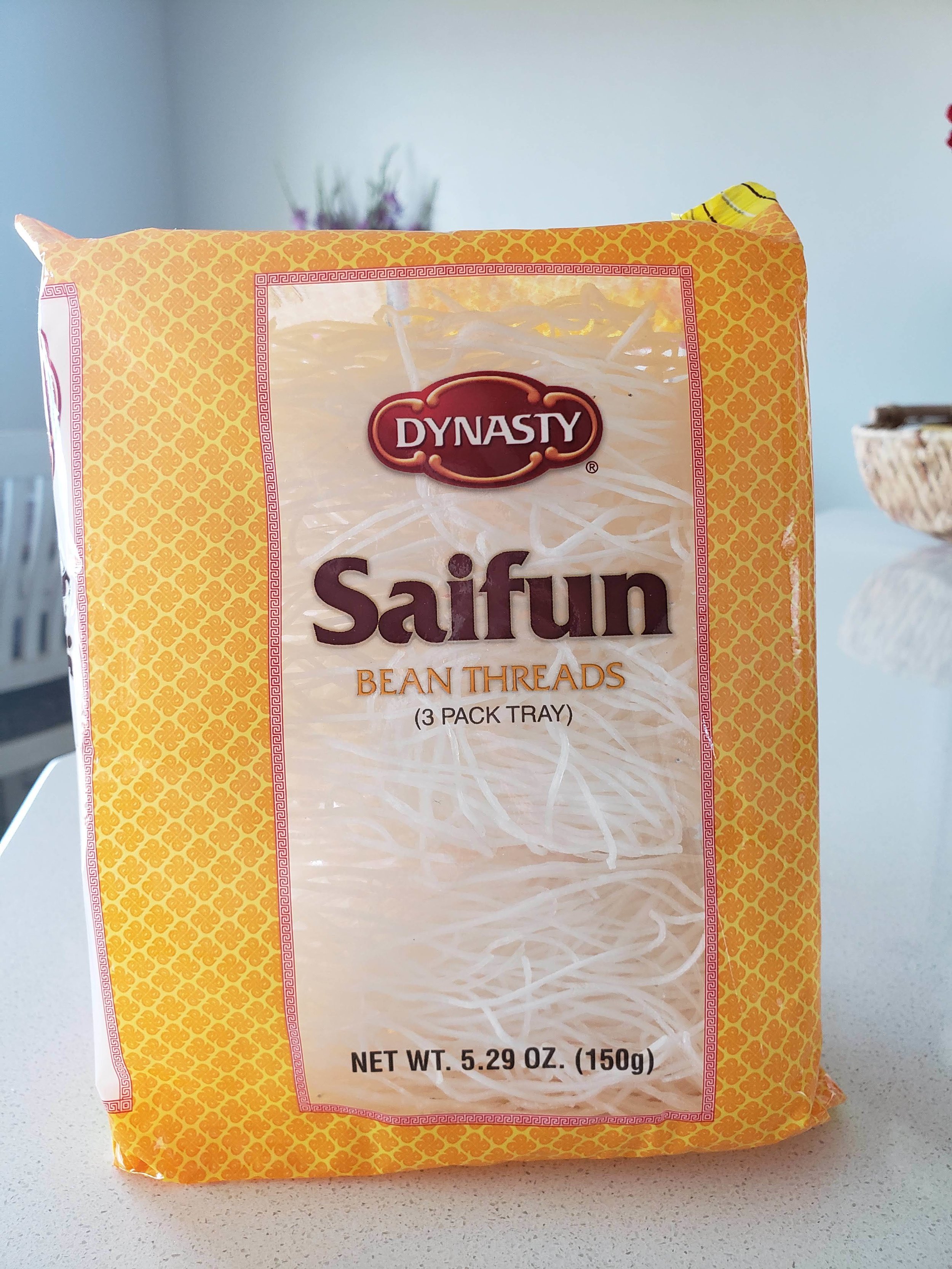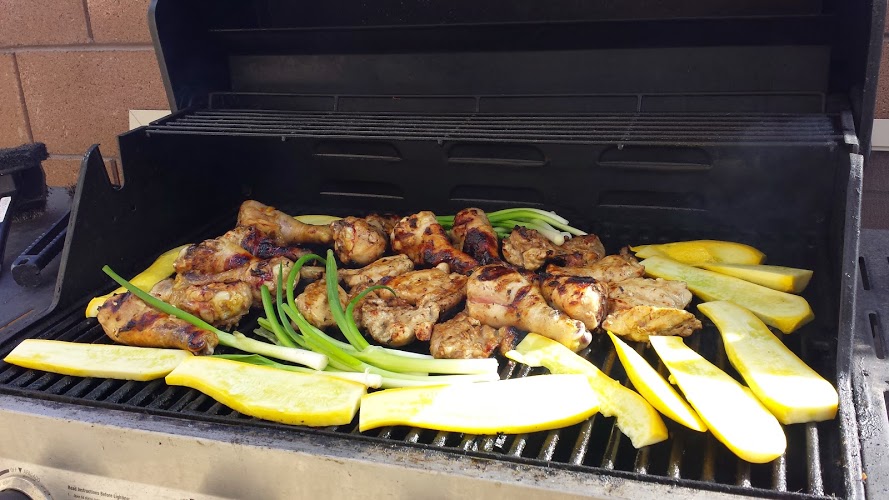Here is the first post in a series of articles that I will be sharing about Natural Immune Boosting on our blog. I'll be focusing on the vitamins and minerals that we can get through our foods, healthy habits and supplements as key factors in boosting our natural immunity.
In this series, we’ll learn about the role vitamins, minerals and other nutrients play in our health, and how to get more of them into us in delicious, affordable and easy ways. Along with other fascinating information about these itty bitty powerful life-givers!
Are we living with nutrient depletion?
Our many symptoms of sickness as a culture would tell us yes, we are...
Chris Kesser, in his article “Well Fed But Undernourished: An American Epidemic” tells us that:
“A recent study conducted as part of the National Health and Nutrition Examination Survey (NHANES) indicates that U.S. children and adults have high rates of deficiency of vitamins A, B6, B12, C, D, E, and folate, as well as the mineral iron.” he went on to state “Nearly one-third (31 percent) of the U.S. population is at risk for at least one vitamin deficiency or anemia.”
The statistics look even worse for 2 very important nutrients, as Chris explains in the same article “95 percent of adults and 98 percent of teens have an inadequate vitamin D intake. 61 percent of adults and 90 percent of teens don’t get enough magnesium.”
That’s a big number of us running on empty in these key nutrients, right?
And the deficiencies are a big deal - WHY? Because they are impacting our very HEALTH - all of us, every day and in big ways. Chronic disease and pain, unwanted weight gain, energy issues, preventable early death, mental health and attention disorders, the development of our kids...and in many, many more ways!
By now, many of us are aware that it has a LOT to do with our Standard American Diet (along with other factors.) We are often low on, or depleted of, the rich and necessary gifts for our health called vitamins and minerals! And contrary to popular discussion, it’s NOT ONLY because of the way the foods are grown, harvested and delivered now (though that definitely plays a part!) It’s because we are eating more boxed, processed, fast, junk and filler foods than EVER. And LESS of the FRESH stuff. (Even improperly grown and harvested FRESH foods are still better for us than something processed or from a box. TRUTH.)
Now, there ARE other factors that contribute to our deficiencies, and they are:
chronic stress from our go-go-go lifestyles and unhealthy habits or relationships
not getting enough direct sunlight (which is the direct way to manufacture crucial Vitamin D in our body, as well as plays a big part in other vitamin/mineral depletion)
our lack of daily movement
the toxins we take in daily - they are numerous: our cosmetic and hygienic products, environmentally through outside sources, food-like products or highly processed foods, pesticides, as well as substances we ingest (like pharmaceuticals, smoking, drug use, alcohol, and other direct toxins through our ingestion.)
And this list only scratches the surface.
Yet, there is something we can all do! THERE. IS. HOPE.
I get so frustrated as a health coach when I read something like what I wrote above - and then, the article ends and NO solution has been discussed! It doesn’t help to be informed with such heavy knowledge, then left in a lurk to struggle through the dead-end of NO solutions presented!
I refuse to do that here.
This series will not only bring a new understanding of our deficiencies in our lifestyle, how they are caused, and how we can fix some if it - but also a simple explanation of the function of vitamins and minerals in our health!
But I’m also writing it to share simple ideas with you - and show you how to easily, affordably, and enjoyably get more nutrients back into our food and lifestyle! You can add FRESH foods back in, in a balanced way where even the pickiest eaters enjoy the foods you’ll prepare. I know, because I’ve been doing it for almost a decade now. On a budget, with foods found at “normal” stores. As a mom of four, and wife to a “choosy” eater. If I can do this, you can! And I’m going to help you do it...I promise!
Vitamins & Minerals - What are they?
Where are they found?
We’ve all heard the terms vitamins, minerals, and phytochemicals tossed around in the health field, as more and more information is discovered on the role they play in our body’s health.
But what are they, really?
What foods are they found in? How much do we really need of each one?
These are all important questions - and little by little, they’ll be answered here in this series!
In this first article, let’s start by exploring the purpose for our body’s health that vitamins and minerals hold, as we cover exactly what they are.
First, there are substantial differences between vitamins and minerals, even though we often describe them as one.
Here are some of those differences...
Vitamins are complex molecules that regulate the body’s chemical mechanisms.
They also contribute to storing and releasing energy (so, they help regulate metabolism) and they also help maintain the quality of the bones, blood, and nerves.
They partner with food, to convert it into energy and building blocks in the body.
They repair cellular damage - hugely important to your body’s healing process!
They are organic and can be broken down by heat, air, or acid. (Which is important to know, because it means they can be altered in effectiveness through cooking, storage, temperature changes, exposure to air, etc)
They help your body “do its job” in many noticeable ways. For instance: produce and release energy, build proteins and cells, and make collagen.
Minerals are inorganic (made of neither plant nor animal matter) substances that float around in our body tissues and fluids.
Their purpose is to trigger or prevent enzyme and hormone production (hugely important!) as well as function as a raw material used by the body to build structures, such as bones. They also help turn our foods into usable energy, keep fluid levels around our cells balanced (also super important!) and play a part in our dental health.
The human body needs, and therefore uses up, some or all of the vitamins and minerals necessary to keep it functioning daily.
So the supply must be replenished, or the body then begins to pull from stores inside of the body, like the bones and teeth, for instance. Just realizing this fact alone may change your take on vitamins and minerals and how important they are to your health needs!
OK I’ve got to go get to work on the next article - I’ve got lots of great info to bring you about this oh-so-important-topic...but wait, I want you to know one more thing...
There’s another superstar in the Nutrient Family: Phytochemicals!
These little jewels are neither vitamin nor mineral – they are a natural group of chemicals found in plants which are proving to have been natural cancer fighters all along (we just didn’t know it!)
They remove nitric oxide from cells before it can combine with amines (also chemicals) to create the nitrosamines that are involved in cancer cell formation. I’ll be talking more about these awesome disease-fighters in a future post.
In the next post in this series, though, we’ll get into who the “major players” are from the vitamins and minerals team, and how they contribute to our overall health.
For your best health,
Coach Bess
Sources cited in this article:
Web Article by Chris Kesser:
https://kresserinstitute.com/well-fed-but-undernourished-an-american-epidemic/
Info on Vitamins & Minerals:

























































